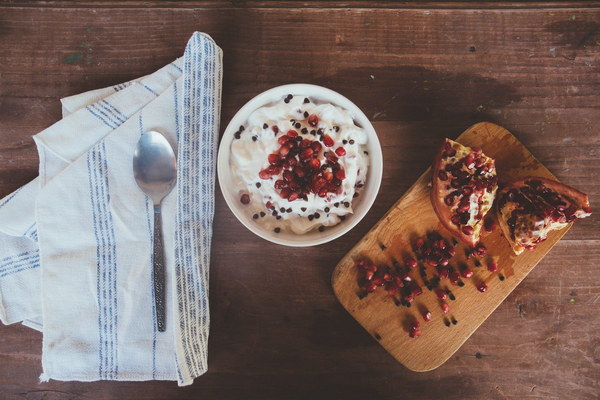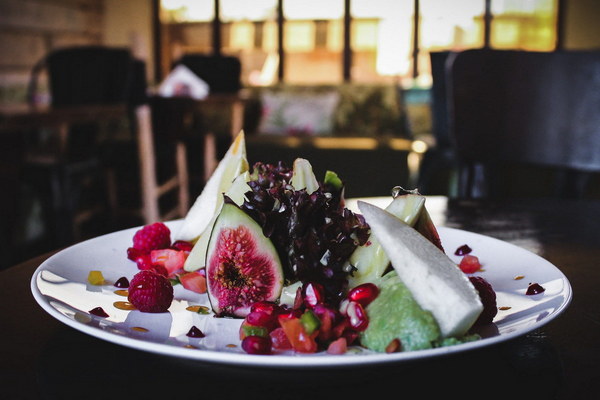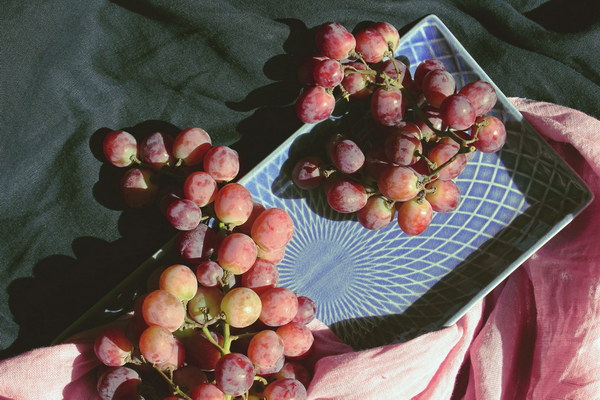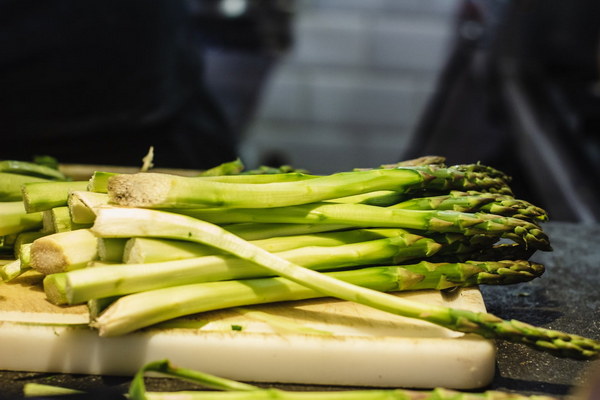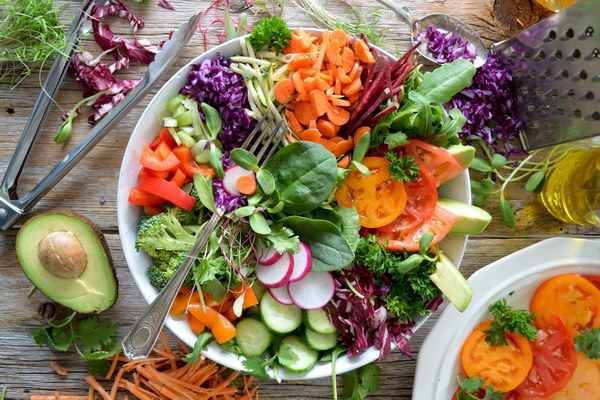Balancing the Heat Above and Cold Below A Herbal Tea for Excessive Dampness and Health Restoration
In the realm of traditional Chinese medicine, the concept of balancing the body's internal environment is paramount. One common imbalance that many people face is a condition characterized by upper heat and lower cold, accompanied by an excessive presence of dampness. This article explores a specialized herbal tea designed to address these specific imbalances, promoting overall health and well-being.
Understanding Upper Heat and Lower Cold with Dampness
In traditional Chinese medicine, upper heat and lower cold refers to a situation where the body experiences heat-like symptoms at the upper part (such as a red face or a sore throat) while feeling cold at the lower part (like the lower back or feet). This condition often arises due to poor diet, lack of exercise, or stress, leading to an accumulation of dampness within the body.
Dampness is a result of an excess of moisture in the body, which can be caused by factors such as overeating, drinking cold beverages, or exposure to damp environments. When dampness combines with heat and cold, it can lead to a range of discomforts, from mild fatigue to more severe symptoms like joint pain, edema, and digestive issues.
The Power of Herbs in Balancing Upper Heat and Lower Cold with Dampness

To counteract this imbalance, a blend of carefully selected herbs can be used to create an herbal tea that helps restore balance and alleviate symptoms. The following herbs are often included in such a blend:
1. Huang Qi (Astragalus Root): Known for its immune-boosting properties, Huang Qi helps to strengthen the body's overall resistance to disease and supports the body's ability to ward off dampness.
2. Bai Zi Ren (Biota Seeds): This herb is believed to help eliminate dampness and can also aid in reducing feverish symptoms.
3. Fu Ling (Poria): Often used to drain dampness and support the kidneys, Fu Ling is a key ingredient in balancing the body's internal moisture levels.
4. Ling Zhi (Reishi Mushroom): Known for its adaptogenic properties, Ling Zhi helps to harmonize the body's functions and can boost energy levels.
5. Chuan Xiong (Ligusticum Chuanxiong): This herb is used to circulate blood and relieve pain, particularly in cases where there is a combination of cold and dampness.
Preparation and Consumption of the Herbal Tea
To prepare the herbal tea, follow these steps:
1. Gather the required amount of each herb listed above.
2. Place the herbs in a pot and cover them with water.
3. Bring the water to a boil, then reduce the heat and let it simmer for about 20 minutes.
4. Strain the herbs out of the water and pour the tea into a cup.
5. Sweeten with a small amount of honey or stevia, if desired.
It is recommended to drink this herbal tea twice a day, once in the morning and once in the evening, for best results. However, it is important to consult with a healthcare professional before starting any new herbal treatment, especially if you have pre-existing health conditions or are taking other medications.
Conclusion
The blend of herbs in this herbal tea is designed to address the complex interplay of upper heat, lower cold, and dampness, providing a natural and holistic approach to restoring balance in the body. By incorporating this tea into your daily routine, you may find relief from the discomforts associated with these imbalances and enjoy improved health and well-being. Remember, the journey to balance is a personal one, and it is always best to seek guidance from a qualified practitioner to tailor your treatment to your specific needs.

